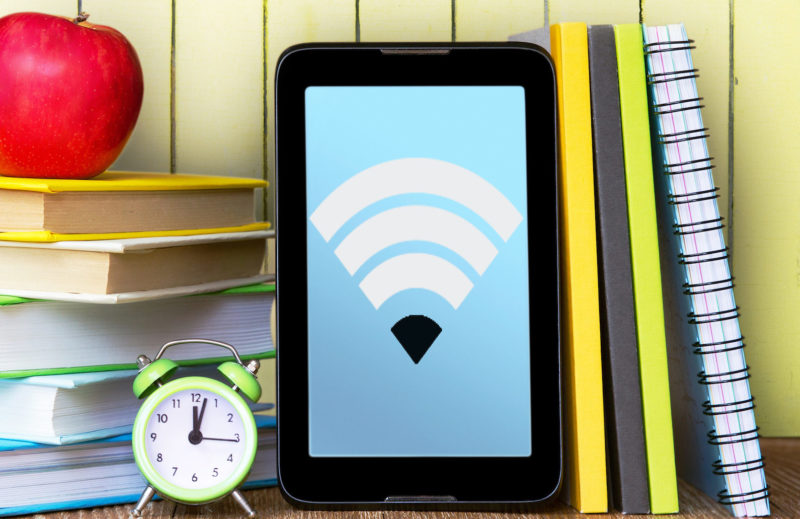While a 2018 U.S. Department of Commerce study found that 14 percent, or 7 million, school-age children live in a home without high-speed internet, the new report finds that 30 percent, or 15-16 million, students live in households either without an internet connection or a device adequate for distance learning. Of that number, 9 million students live in households that lack both an adequate connection and a device for distance learning. In addition, the analysis finds that 300,000 to 400,000 K-12 teachers live in households without adequate internet connectivity, representing roughly 10 percent of all public school teachers, and 100,000 teachers lack adequate devices at home.
While 25 percent of California students lack an adequate connection and 17 percent lack an adequate device, the state still manages to be in the bottom quarter of the digital divide problem nationwide, or among those states with the highest connectivity rates.
What is required for meaningful distance learning?
The report recommends four criteria for students and teachers to meaningfully engage in distance learning:
- High-speed internet service: Internet service must meet certain speed requirements to be able to engage properly with distance learning, as most models include live teacher instruction and videoconferencing, which require faster service. If others in the same household also need to be online, more bandwidth is required.
- Internet-enabled devices: These include laptops and tablets, but do not include cellphones.
- Instructional content: Typical distance learning programs combine audio/video-enabled meeting spaces with independent work. Technical requirements include software to support digital learning content development and a learning management system to help with organization and planning.
- Support: Teacher training is imperative to ensure that educators can effectively incorporate digital tools into their instruction. Both students and teachers need support to develop their digital literacy skills, allowing them to learn and teach more successfully while being aware of precautions they should take to protect their personal information. Quality technical support for students, parents and teachers is also necessary.
The cost to close the digital divide
The report’s authors estimate that the cost to provide devices and connectivity for U.S. students in need is $6 billion to $11 billion in the first year alone. This consists of $3 billion to $5.5 billion in one-time costs for installation and set-up, devices and device warranties; and $2.7 billion to $5.6 billion for one year of recurring charges for connectivity, connectivity equipment and mobile device management.
For a school district to analyze its costs to close the digital divide, the report recommends evaluating the following factors:
- Local access to fixed broadband and cellular networks
- Degree of live distance learning via Google Classroom, Zoom or other audio/video-enabled meeting spaces
- Degree of content filtering applied to restrict non-educational applications
- District and household preferences, often based on ease of adoption
- Short-term availability of hardware in the market
- Availability of provider discounts for education and/or households
- Eligibility of the school district, geography and/or household for any available discounts
The report’s conclusion notes that “this is a critical time for districts to build out, evaluate and scale those existing [technology] plans, while also assessing how they may need to shift in the current context, and look beyond short-term crisis response … Taking this time to clarify the longer-term vision and aspiration for distance learning, and to lay out digital objectives, will drive smarter decision-making in the short-term. Decisions should also be made with a three-to-five year view in mind, so that districts can acquire technology that can be sustained over a longer time horizon.”





